
Home » About the Centre » About the building and grounds
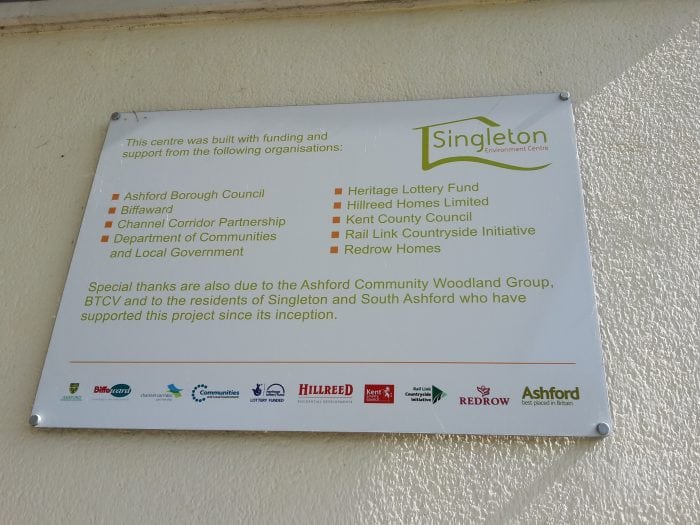
The Singleton Environment Centre in Ashford, Kent, is a haven of peace just three miles from a busy town centre, international train station and the M20 motorway. The eco-friendly centre is operated by Singleton Spaces on behalf of Ashford Borough Council.
The Centre has been built with the environment in mind from start to finish. It doesn’t stop there either, the running of the centre is done with environmental best practice at its heart.
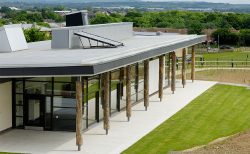
Photo from 2008
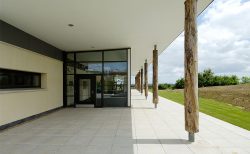
Photo from 2008
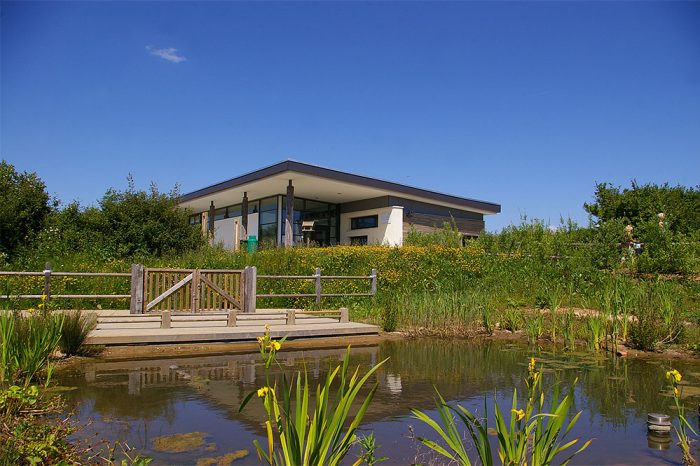
Photo from 2008
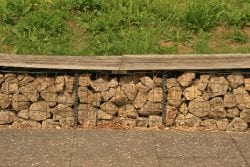
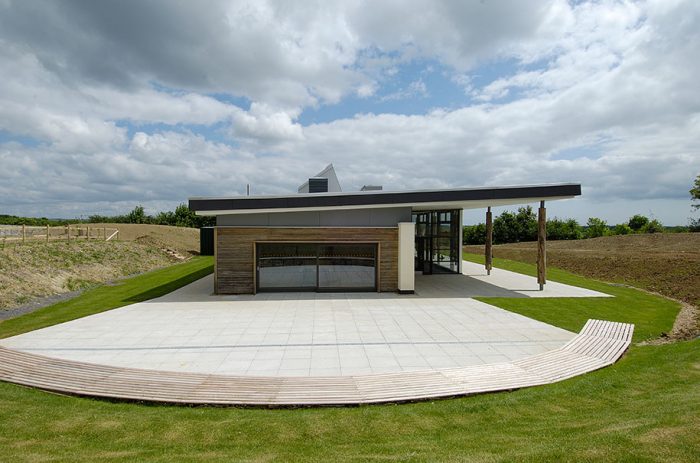
Photo from 2008
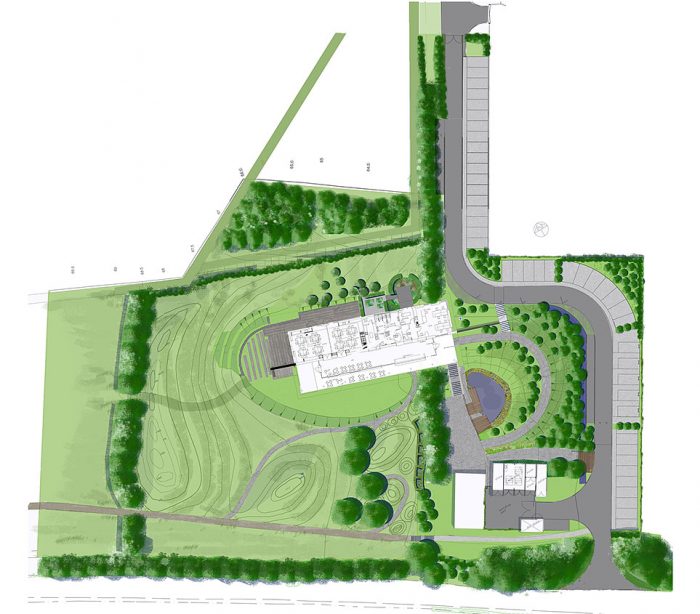
Technical Specification 2007
With thanks to the architects, Architype, for this information and 2008 photographs. See https://architype.co.uk/project/singleton-environment-centre/
Download this two-page PDF About the buildings and grounds